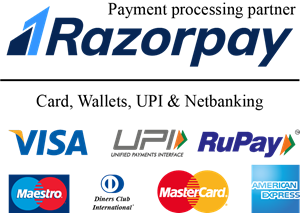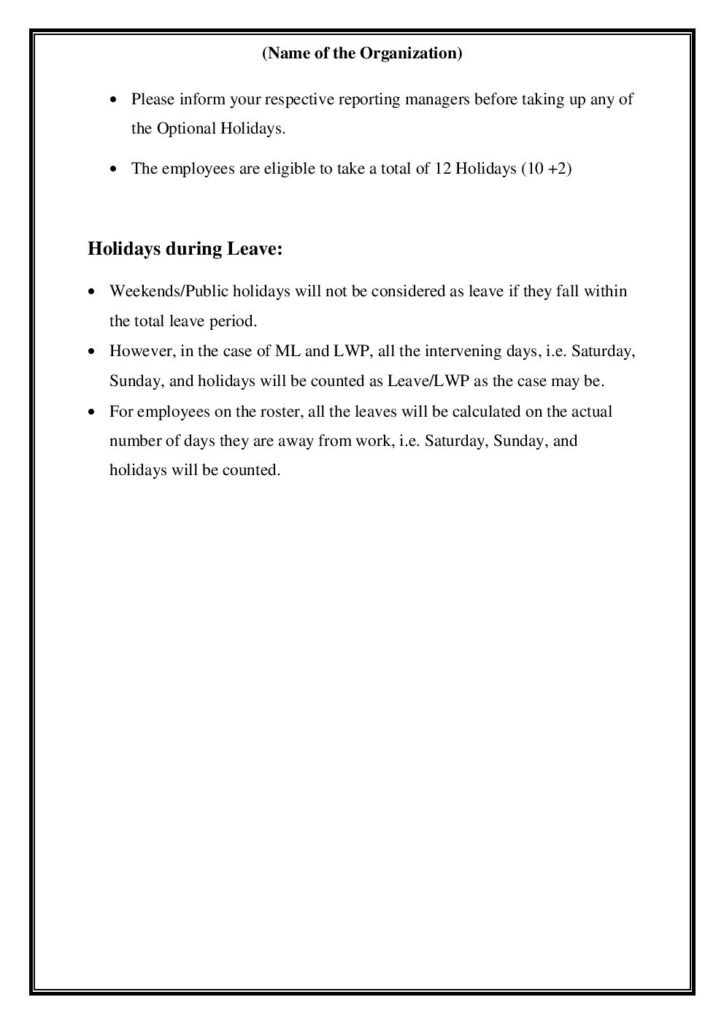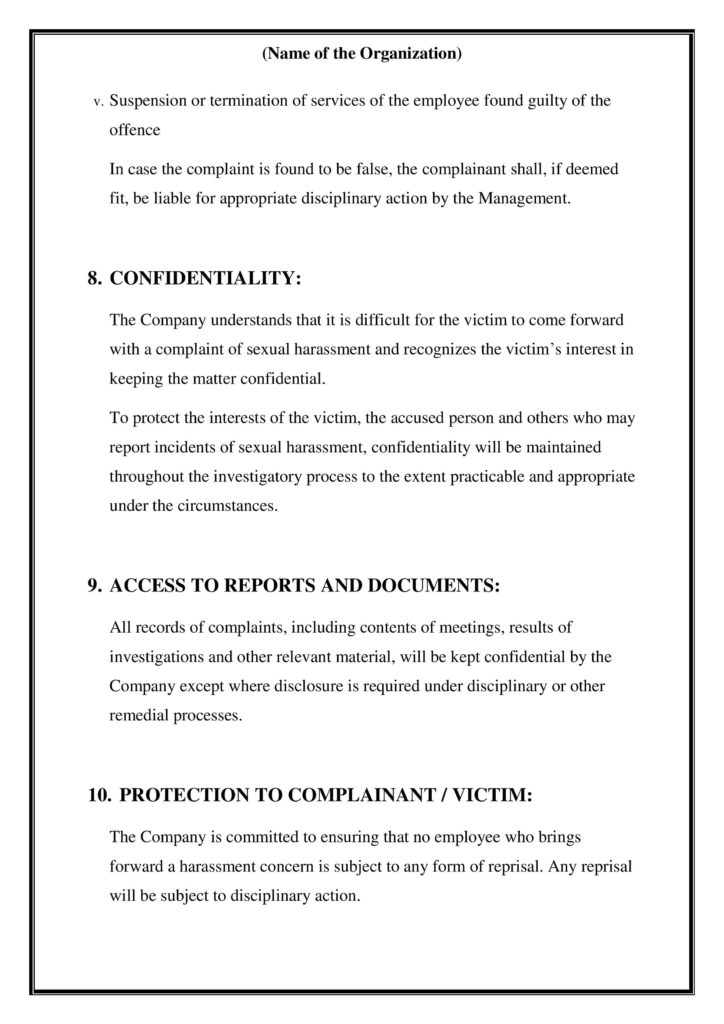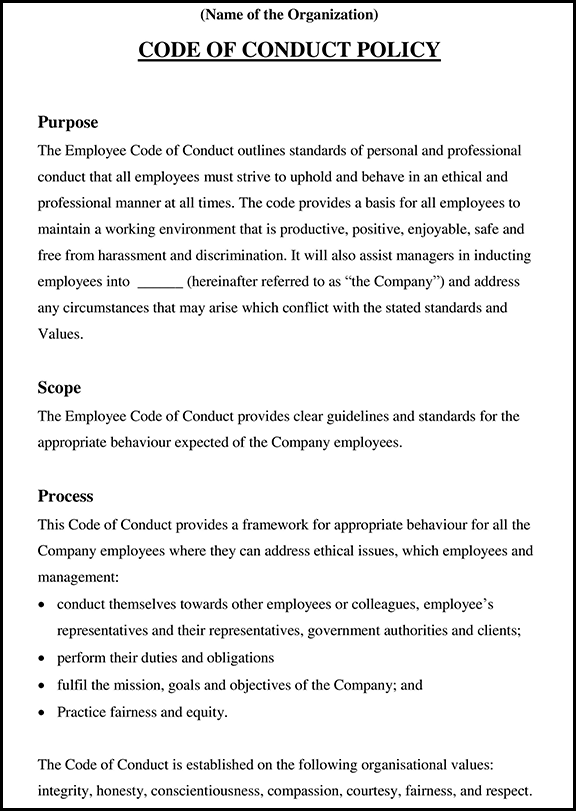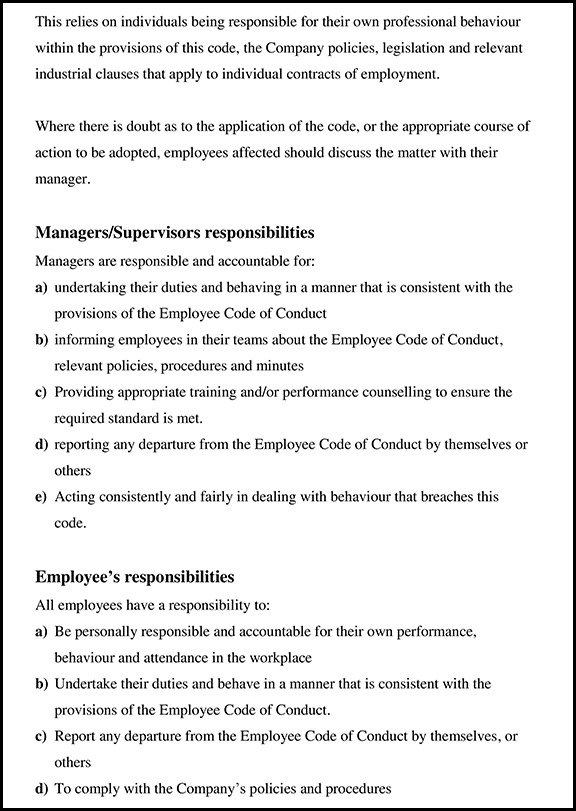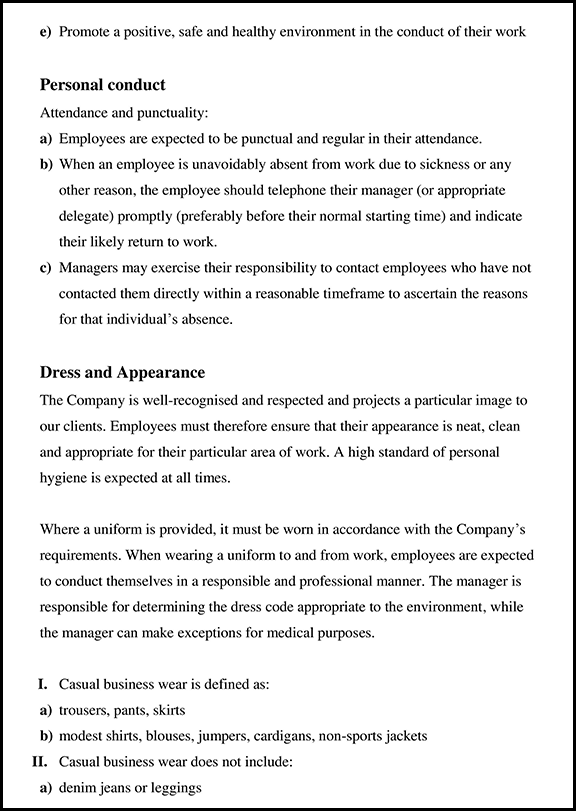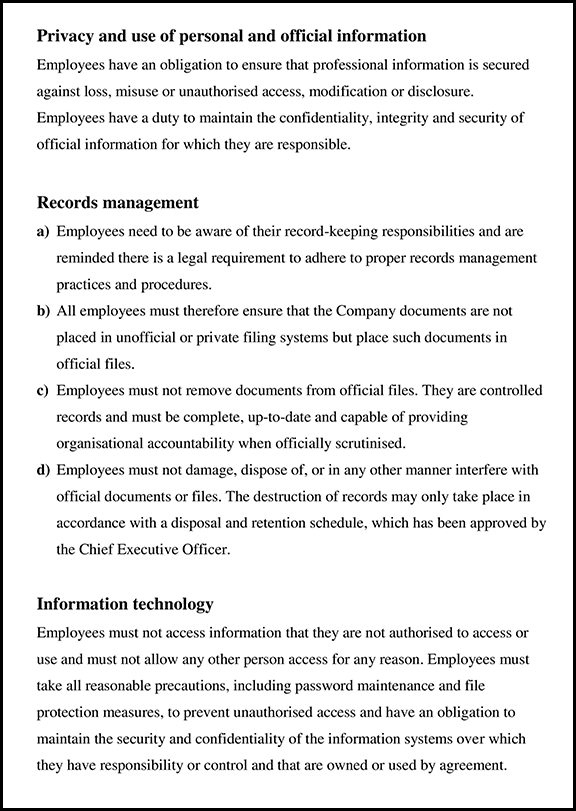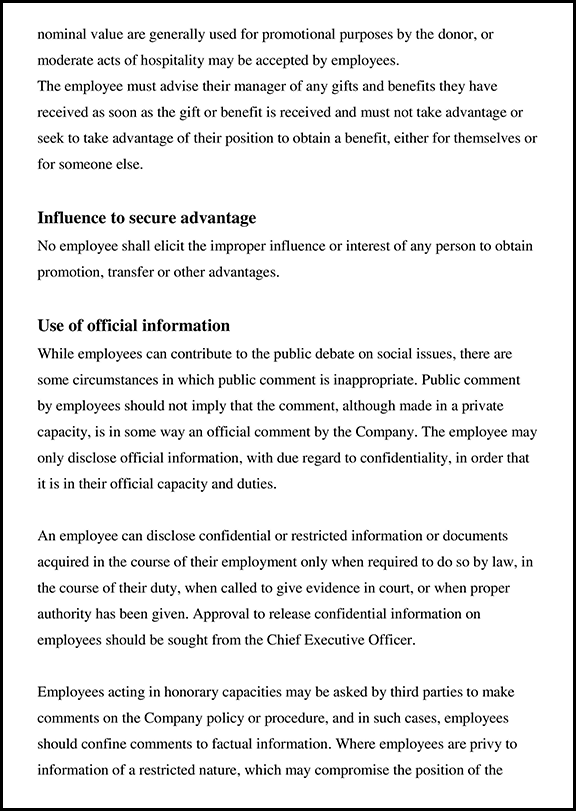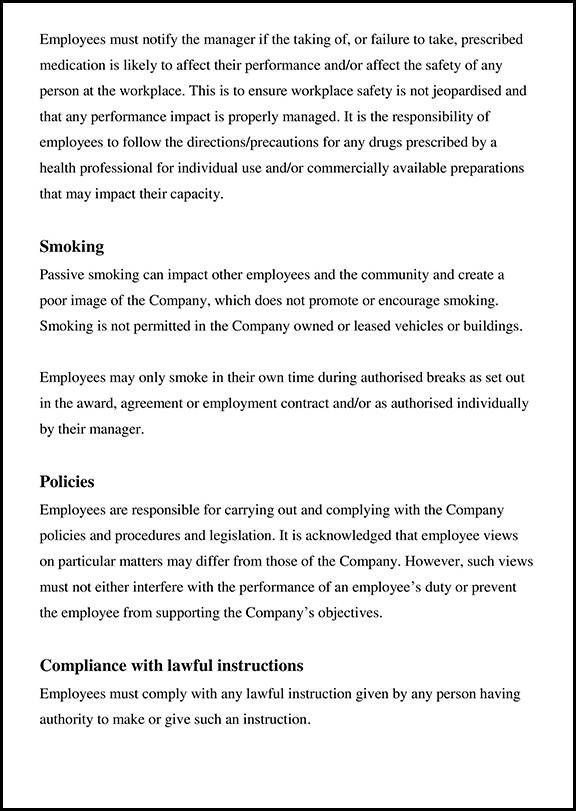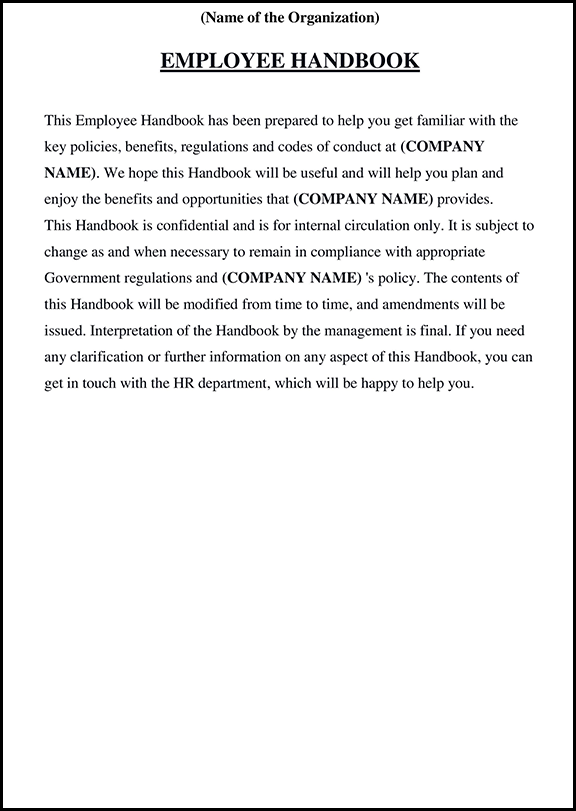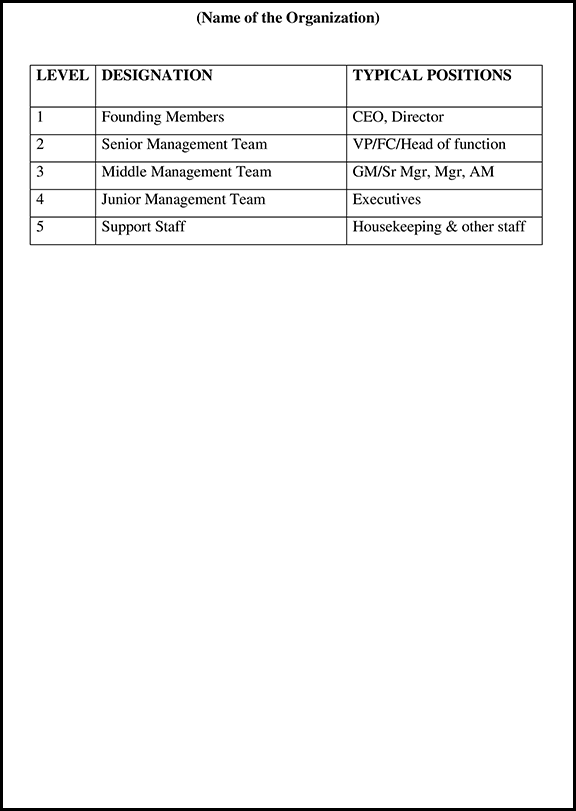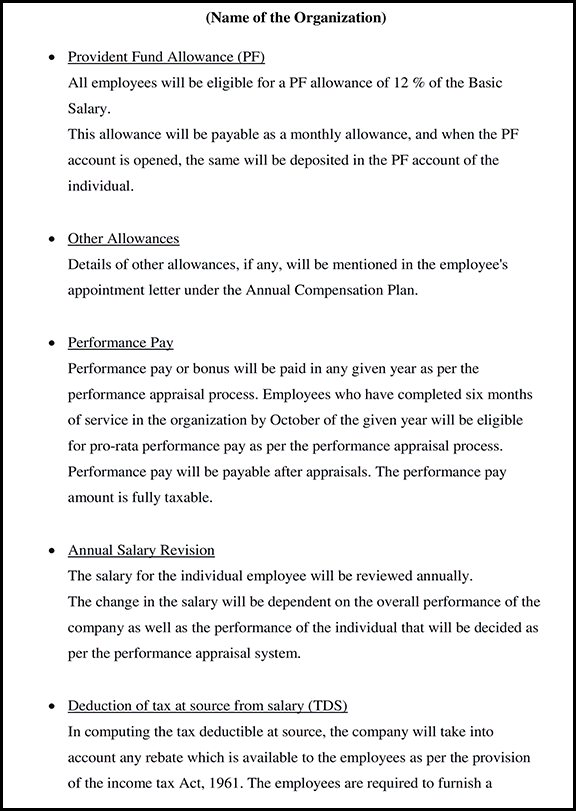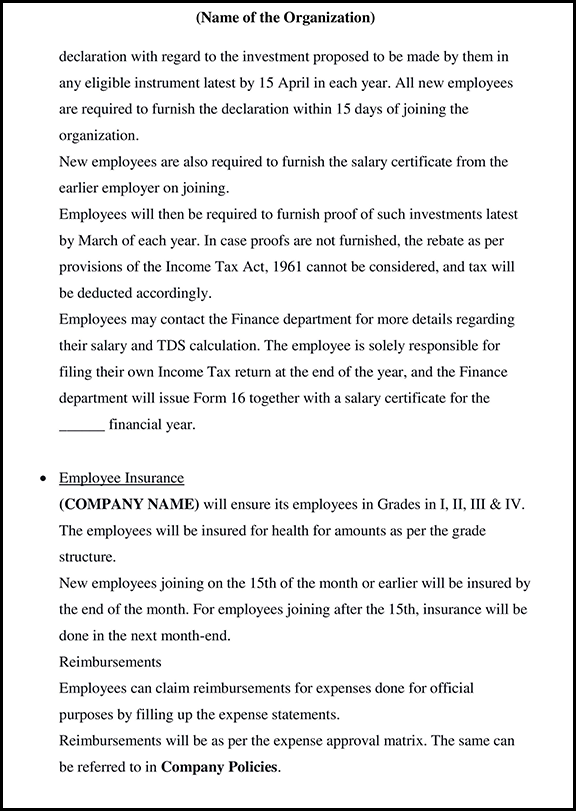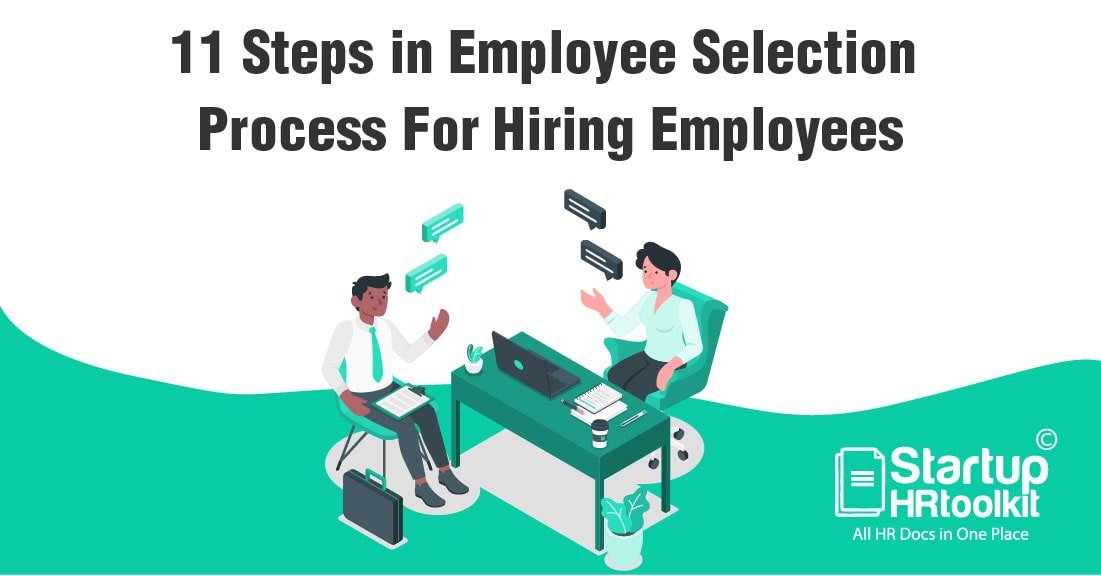
Employee Selection Process: 11 Steps You Need to Follow [2023]
Getting skilled employees for the perfect job role is very tough. The employee selection process is a basic procedure that every company carries forward while selecting a candidate for a job. To ensure that they follow the systematic selection process, and to do that, we have created a proper step to step guide that is to be followed by the respective entities responsible for the onboarding process.
In this Article, StartupHR Toolkit provides a step-by-step guide on What employee selection? is and the easy 11 steps to follow by a hiring manager or recruiter.
What is the Employee Selection Process?
The employee selection process is the process of choosing the right candidate for the right job. It is the procedure of matching organizational job requirements with the qualification and skills of the candidate. There are about eleven steps during the employee selection process. The steps might vary depending on the company, but the essentials like, announcing the job, reviewing applications, screening candidates, interviewing, making an offer, and reducing training costs as well as time.
The recruitment process is a part of a positive process as it encourages other candidates to apply for the job. It creates a surplus of applicants, which is used for sourcing data. Selection is deemed a harmful process as unfit candidates are rejected here; therefore, the recruitment process leads to the staffing process. The selection process implicates finding the apt candidate with the precise skills, abilities, and knowledge required for the job.
How to Create An Effective Employee Selection Process?
1. Job Announcement
The job announced is the first & foremost point of contact to get the perfect employee for your organization. The requirement of an employee selection process is a well-written job description. The job description gives clarity on the job role, skill sets, technical, as well as other expertise required of the candidate. Therefore, a detailed job description will avoid wastage of time in screening applicants who aren’t fit for the role. It gives a candidate the opportunity to assess themselves clearly before applying for a role.
likewise, the manager should ideally prepare a job description for better job role clarity. The HR then puts this job description on various platforms including the company’s website, social media pages like Facebook or Linkedin, and also gives it to placement agencies.
You Can Mention Some Points For the Job Announcement?
1. Describe your company
2. Give a brief of the job description (For example, You can mention job criteria, education certificate, )
3. Location of the job
4. Also, you can mention CTC/ Salary range and benefits
2. Receiving Applications / Resumes
Next, You should be prepared to accept applications across different mediums. Invite all the resumes to one email ID for efficient data gathering. Ensure the company’s website is able to receive the CVs without any technical glitches. Once the CVs are received, a unified destination helps with sorting of qualified and unqualified candidates and reviewing them easily. In this case of different vacancies, offer different email IDs.
Along with this, you can even ask candidates to answer a few questions set by you, in order to ensure the right type of a future employee.
You should ask questions like,
1. How much do you know about excel sheets?
2. What’s the difference between journalism and content marketing? (You can ask questions as per candidate position )
3. Do you have 4+ years of sales experience?
Remember not to ask for long answers, as they tend to complicate the process. Some of these questions should require just a simple yes or no answers, from which the wrong answer directly disqualifies the candidate. An automatic disqualification must be kept only for must-have skills like the last example question.
Furthermore, keep in mind that in a bad economy you will receive over-qualified applications while in a good economy it will be difficult to find enough qualified candidates.
3. Resume Screening
The next step is to Resume Screening. This step helps you identify who is your prime candidate. An advertisement might fetch you job applications in huge numbers. Are you prepared to review applications in massive numbers? Have teams set in advance to do an initial shortlist of the curricula vitarum under the parameters like – Male /female, Experience, skills, education, location, salary bracket, and communications skills.
a. Check Resume Layout
Many candidates get rejected because of using a resume template that is unreadable by the applicant, So, that’s why Ensure that the resume is in the correct format and is easy to read. A person’s resume design says a lot about their involvement and their design sense. A neat and easy to read resume reflects on the clarity of an employee’s mind. It also shows their professionalism.
For example, if you’re looking for an employee for a marketing position, their resume’s design, layout, and ability to describe things are a tight, concise, and engaging manner can indicate how good and creative a marketer they are.
b. Qualification & Cover Letter
Companies also conduct tests as a part of the preliminary screening process. These tests could be aptitude, proficiency, intelligence, or personality tests. Different organizations hold different tests based on the requirement of the job vacancy. Tests give a reasonably clear picture to have the candidate go through the further rounds.
Furthermore, their cover letters shed light on their communication skills and their ability to follow directions. You can also use scanning software to scan through the resumes to find the right keyword.
You must look out for how well the candidate,
1. Describe the skills, background, and potential involvement in the position being applied for.
2. Describe the knowledge of your company, its vision, and its goal, and how they could contribute.
3. Communicate in a professional, error-free manner. This reflects how they would communicate on emails and other channels.
4. Telephonic Interview
Once the screening is done and relevant candidates have been found through a huge pile of applicants we move on to the next step in the employee selection process. All candidates are called and asked basic questions to understand whether they fit the requirements of the job or not.
Before getting on the call make sure you have written down your requirements and have a set budget for the position. Go through the candidate’s resume once before calling them to understand whether they are fit for the position or not.
Cold Calling
You must keep yourself well prepared before the call. Write down your requirements and have a set budget for the position. Go through the candidate’s resume once before calling them to understand whether they are fit for the position or not and also make sure to reply back to all and any of the candidate’s questions.
Few questions to ask in this stage, For Example:
1. Are you looking for a full-time job?
2. Will you be willing to travel to the job location?
3. Do you have the required gadgets for a flexible work environment?
4. Could you take me through your resume?
5. Will you be able to meet a certain requirement?
6. How long is your notice period?
7. Also you can ask, what is your current salary and how much do you expect?
5. Aptitude test and Assignment Test
Before having a one on one call with the candidates you can give them a test. It will also give you a clear understanding of their skill levels in relation to their experience. These tests are usually done online to save time and resources.
Both aptitude tests and assignment tests are different. Aptitude tests will help you understand a person’s ability to do a certain task. It checks whether their innate abilities and personalities match the requirement of the task. For example, puzzles related to logical reasoning or technicalities can be asked.
Assignment test work on understanding if the candidate has the required skillsets for the role. It re-confirms the experience that the candidates show in their resumes. This test is technical and focuses on the technical aspects of the job while aptitude tests focus on the individuality aspect of the test. For example, a writer can be asked to write a content piece or a teacher can be asked to create a lesson plan.
Conducting both these exams will give you a clear view of the candidate and their capabilities. Thereby, saving the company time and resources in the future
The idea behind StartupHR Toolkit is to make HR documentation an easy and quick process. 😃
Just check out our happy customer 😉 giving their whole heartedly feedback to our product StartupHR Toolkit 😊
6. Employee Assessments and Personal Interviews
Once the applicant goes through the initial screening process, followed by the tests, he/she is then made to go through a personal interview. Personal interviews are a way of knowing a candidate better.
The parameters that one evaluates in personal interviews are communication skills, ease of communication, experience verification, expertise in skills, attitude, an inclination to the job applied, acceptance levels, etc.
The personal interview could also include a technical interview for technical job positions. The HR also checks on the candidate’s psychological and social parameters. Like their ability to be a team player, their ability to respond to situations, their conduct as an individual, their strength and weaknesses, their background information, their accomplishments, their ability to adapt, their leadership skills, their hobbies, goals, failures, management skills and more.
The Personal Interview Takes Place in Different Ways:
a. One-to-One Basis
In case the applicant is met on a one-to-one basis by the deciding authority. The deciding authority could be a line manager, a management professional, or an HR professional, depending on different requirements.
Require to set up a meeting with Decision-maker and the applicant. They then talk about the reality of the role and the requirements of it. This gives the manager a chance to choose the candidate that they believe will fit well in the role. You can check a person’s skills as well as check interpersonal relations, ability to handle certain situations, and experience.
A few example questions to ask during an interview are:
1. What is their expectation from the role?
2. Why would they like to work with this company?
3. What did they not like about their previous job?
4. What are your weaknesses and strengths?
5. What is your aim in life?
6. Also you can ask, what sets you apart from other candidates?
b. Group Discussion
Group discussion takes place in the presence of a board of directors, management, or a group of people. The candidates also appear for interviews in a group where a discussion is brought about on a certain topic given. The interviewers not only assess the communication skills, depth of knowledge, interaction, and but also take initiative as some of the parameters to shortlist the candidates.
c. Online Interviews
Online interviews work best for long-distance applicants. Initially, the telephonic interview was the only medium to assess, but now technology has made geographies seem seamless. Video calls have made the interviewing process much more comfortable. Skype interviews on the phone or computer monitors are a full-proof way to assess candidates online. The software industry mostly does online interviews for multi-location applicants. Online interviews eliminate the possibility of interview fraud by applicants who might set proxies for interviews.
Telephonic interviews still have that dark side and the software industry, to a large extent, having faced the brunt of this medium’s exploitation.
Human Resource Professionals are skilled in evaluating the applicants far beyond their curriculum details and their experience. Not many applicants pass through the personal interview stage. This stage is a reality check of what an applicant has stated in the resume vis-à-vis experience and exposure. Also, It is not necessary that fitting well in the technical or skills specifications will earn you a job; an applicant needs to match up with other skills too.
7. Background Check
Background checks give an extensive review of a candidate’s financial records, criminal records, and commercial records. In addition, background checks provide a lot of information about an employee. For example, you wouldn’t want an employee with behavioral problems, someone who doesn’t know how to take feedback or does not follow the proper code of conduct of the workplace.
Types of Background check:
1. Criminal Background Check
2. Education Background Check
3. Employment Background Check
4. Identity Check
5. Public Database Check
6. Reference Check
7. Residential Address Check
8. Aadhar card, as well as credentials, Check
9. Credit History Check
10. Also check the resume
If you are unsure about how to go through this process make sure you get legal advice on the same. However, you should not skip on doing a background check.
8. Reference Check
The reference check is a process that seals the fate of an applicant. The candidate post-offer has to undergo this process. The main deciding factor of an Applicant’s future with a company is the reference checks and also, and identity verification brings the right information provided by the applicant.
You get to understand the feedback on their performance from the candidate’s former managers, colleagues, as well as business partners. It is better to have sent an introductory email about yourself before calling them out of the blue.
Reference checks usually asses the following example-
1. Cultural misfits
2. Productivity barriers
3. Personal conduct
4. Reliability
5. Punctuality
6. Strengths as well as weaknesses
7. Improvement areas
8. Performance-related issues.
9. Deliverance
10. Management skills
11. Also check leadership skills
To gather all this data you need to ask specific questions: For Example
1. When & What role did you perform at your company?
2. Do you think (the candidate’s name) could take on a more important role? And why?
3. What were the main responsibilities of (the candidate’s name) at your company?
4. Also, If given the opportunity, would you ever rehire (the candidate’s name)?
9. Medical Examination
The offer letter brings a mandatory clause of medical examination as a part of the recruitment process. Medical examinations are carried out to check mental health, physical health, hearing & vision, drug tests, and other ailments that are life-threatening and confirm that the applicant is not in a state to take full-time employment.
A medical examination is mandatory, as different job roles require different physical and mental acumen. In major cases, medical examinations determine the physical, mental, emotional, and psychological ability of an applicant. In this case, they are performed just to ensure a healthy employee is a part of the organization.
Some organizations also engage in psychological tests for the applicants in addition to the medical tests ensuring a foolproof selection process.
10. Final Decision
Finally, we come to the final decision about the candidate. This step in the employee selection process is one of the most important steps. The perfect candidate should be chosen keeping all the data collected above in mind. It is important to keep all criteria in mind while making this decision. If you chose the wrong candidate, risk having to start the process all over again.
Deciding authorities, HR professionals, or the manager make the final decision. Also, Make sure the candidate has all the intentions to stay with the company for a long time and has what it takes for the role.
11. Offer letter
An offer is rolled out once the applicant is satisfactorily through the various selection criteria. Sometimes, a small meeting between the HR and the applicant is arranged for salary discussions and also for final negotiations.
Also, discuss all the important points with candidates like salary, working hours, and bonuses have been spoken of early in the process.
Here is another key point to keep in mind at this stage.
The offer once rolled is also subject to further processes.
1. Give the candidate good news about the job before creating the offer letter. This will give you a clear idea of whether they are going to accept it or not.
2. Use an offer letter template to make things faster and also make it easier for you.
At StartupHR we not only provide you with templates for everything you’ll require for your HR processes but also you can find an offer letter template and specific job description templates along with 1800+ other templates.
Employee Selection Process for Senior Management
The top management recruitment process is more or less on the same lines as others; however, it is conducted in a stealth mode to ensure complete confidentiality. Organizations receive applicants not through advertisements here, but by pure references from trusted sources.
The senior management recruitment process is often long that needs extra planning. Hence, this planning is called succession planning and external agency doing the verification process for senior management roles.
The employee selection process is a long process involving many activities that require testing and elimination all through the way. Also, Some applicants are dropped midway for unsuitability. Applicant records are kept in the system for future reference in terms of job application and duplication.
Recruitment agencies ease a lot on the selection process by sourcing the right CV’s as well as eliminating the preliminary steps like reviewing and shortlisting.
Selecting senior employees may be a task as they are experienced in their fields and usually know how to negotiate. In addition, some organizations globally have ventured beyond the usual things that are discussed and also have added things to their recruitment process. For instance
Recruitment Process
1. Google involves a community committee to take the final decision, vis-à-vis the decision of a single HR manager in most companies.
2. Not only Hilton uses Artificial Intelligence to conduct interviews but also schedules the interview process for call center applicants.
3. Microsoft & Apple ask their applicants to take an assessment test with logic puzzles & brain teasers.
4. HubSpot offers employee referral rewards as high as $10,000 to an employee on referring as well as prospective candidate selection.
5. Creative Recruitment Campaigns by Ogilvy & Mather asking if applicants can sell them a brick is an unusual way to attract talent.
6. Also, siemens uses gamification as a part of their recruitment process. Plantsville is a platform they have built to assesses applications for plant & manufacturing setup. It is a gamification tool that puts the applicant in the plant manager’s approach.
7. Virtual Reality is another tool organizations have incorporated in their interview processes.
Virtual reality is used for immersing experience in capturing applicant engagement, assessing applicants, as well as it offers a tour which shows the office infrastructure. Jaguar, the luxury car brand, is utilizing virtual reality as a part of their recruitment process.
While some companies involve in performing the entire process, some outsource the whole operations for ease of action. The employee selection process is teamwork and also, carried out with much planning. Backups and deadlines are the significant factors in accomplishing a good employee hiring. Organizations are in a continuous recruitment mode, and, they need a continuous supply of rich databases and a recruitment system that is structured and aligned to select and retain the best talent in the industry.
In Conclusion
A series of essential steps is vital while hiring a candidate. Additionally, the proper procedures and actions used in the hiring process aid the business in achieving higher productivity levels and maximizing profits.
As an HR professional, creating documents from scratch can be tiring, but you don’t have to hassle over creating the documents ever again. StartupHR Toolkit provides you with the onboarding process to the exit process.
Also Read: 10 Highest Paying Jobs in India
Also Read: 16 Employee Onboarding Process Checklist
Join a Community of 1,00,000+ HR Professionals







